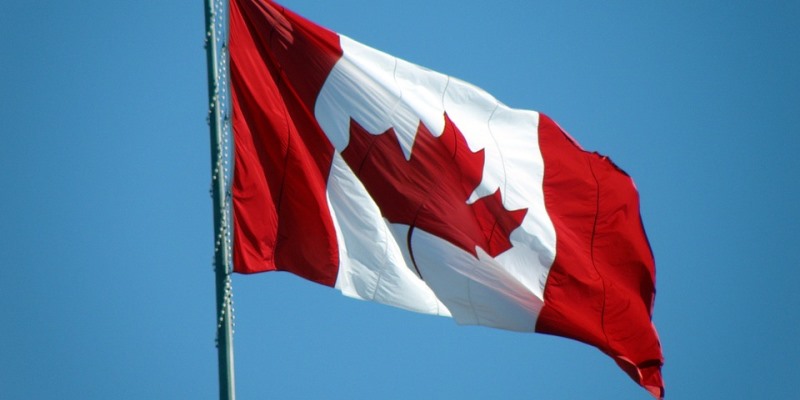Look how much foreign investment has fled Canada

In March 2016, Canada’s federal Minister of Finance Bill Morneau established the Advisory Council on Economic Growth and charged it with the development of advice on concrete policy actions to help create the conditions for strong and sustained long-term economic growth.
The council‘s first report Bringing Foreign Investment to Canada states “Foreign direct investment (FDI) is a critical driver of economic growth… it strengthens Canadian productive capacity through knowledge transfer, the development of human capital, and new technology, management techniques, and production processes.” It recommends the establishment of a Foreign Direct Investment Agency, which “in its first few years of operation, can raise the growth rate of inbound FDI from its current 2 percent to 6 percent annually… and would add approximately $43 billion to Canada’s GDP—an amount currently equal to 2 percent of our national income.”
Since 2013, the inflow of FDI fell substantially every year. The amount reached a low of $30 billion in 2017 and is likely to decrease further in 2018. The purchase by the Canadian government of the Kinder Morgan pipeline business alone will reduce the amount by more than $4 billion.
Important is also the amount of FDI made by Canadians abroad rather than in Canada—it has increased steadily since 2011 and reached a record $100 billion in 2017. As a result, in that year the balance of Canada’s FDI account (outflows minus inflows) was about minus $4 billion. A far cry from what the government planned.
Given the importance of FDI for economic growth, these statistics suggest the need for understanding why this deterioration in Canada’s FDI account took place. One reason are developments that out of Ottawa’s control such as recent reductions in U.S. corporate income tax rates and regulations, lower world energy prices and the U.S. withdrawal from the Paris Agreement on climate change.
However, much blame for this deterioration stems from recent Canadian policies, which were discussed in the Financial Post by Jack Mintz and William Robson and in a Fraser Institute publication by Niels Veldhuis, Milagros Palacios and Jason Clemens. These authors argued that these policies worsened the investment climate in Canada.
This worsening resulted from the increase in environmental and climate change prevention policies including the mandated closing of coal-fired electricity-generating plants in Ontario, the setting of future limits on the extraction of oil in Alberta, the prohibition of tanker traffic along the northern coast of British Columbia and of pipelines in B.C.’s Great Bear Rainforest. There was also the imposition of stricter conditions on the construction of pipelines to prevent oil spills and the requirement to obtain “social consent” before pipelines could be built.
The worsening of the investment climate is also due to the pursuit of the federal government’s increases in minimum wages and imposition of more stringent building codes.
The most important element of this agenda is the actual increase of taxes on corporations and high-income individuals and the prospect of higher taxes through charges on the emission of carbon gases. Since an important part of the cost of this agenda is covered by deficits, the growing debt raises the prospect of higher taxes in the future.
An unknown number of politicians and proportion of Canadians are certain to consider the costs of these policies to be worth the benefits brought by improvements in environmental protection, the prevention of global warming and better social conditions. Upcoming federal and provincial elections will reveal how prevalent this view is among Canadian voters.
Author:
Subscribe to the Fraser Institute
Get the latest news from the Fraser Institute on the latest research studies, news and events.

